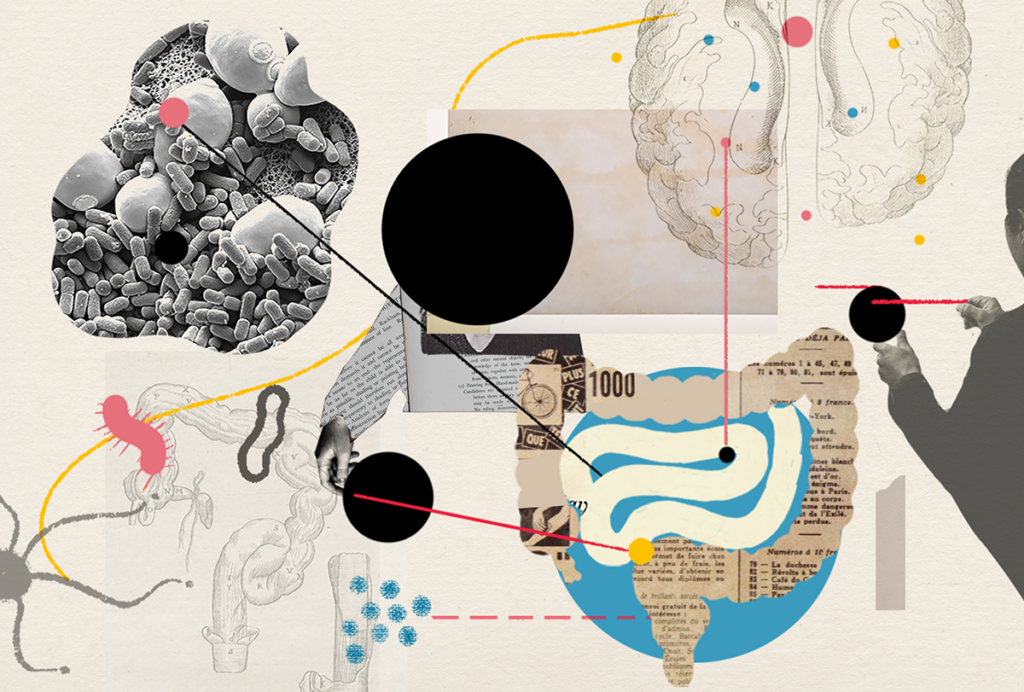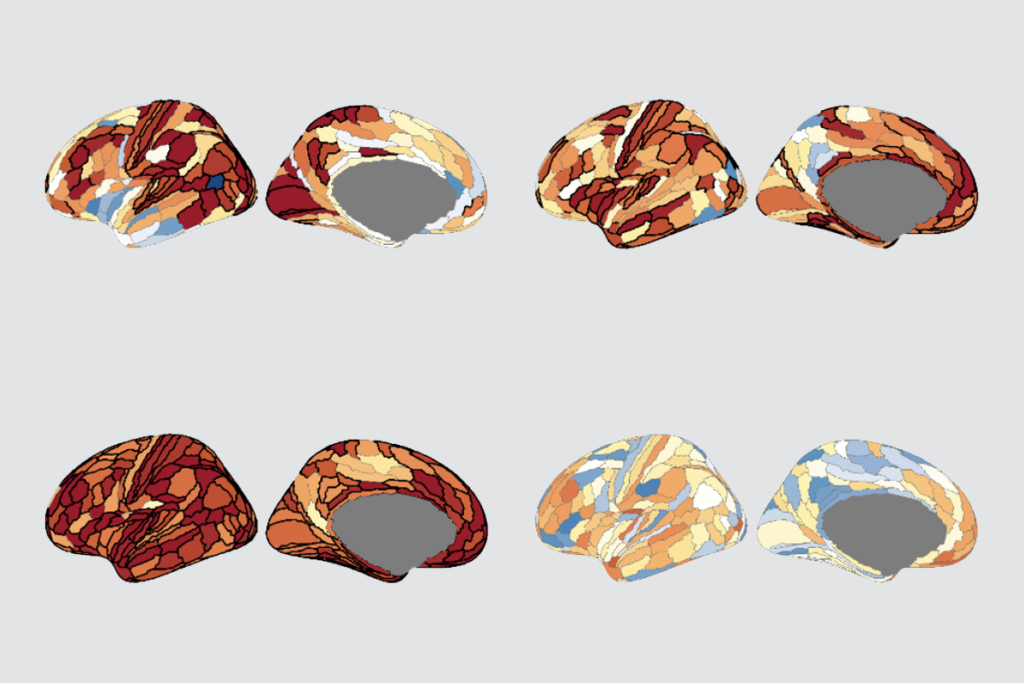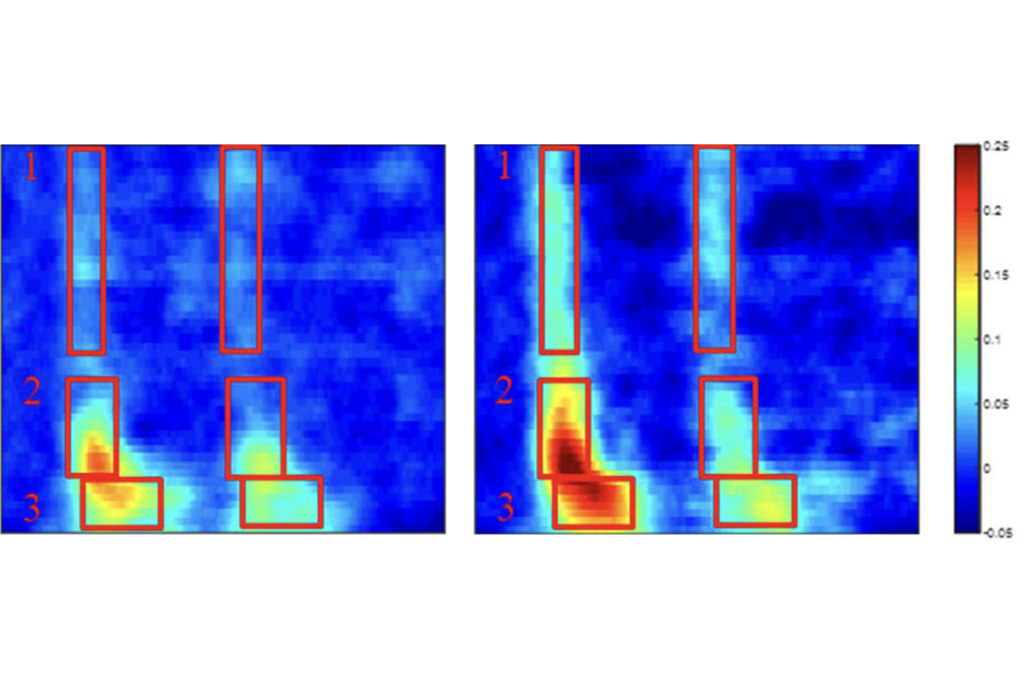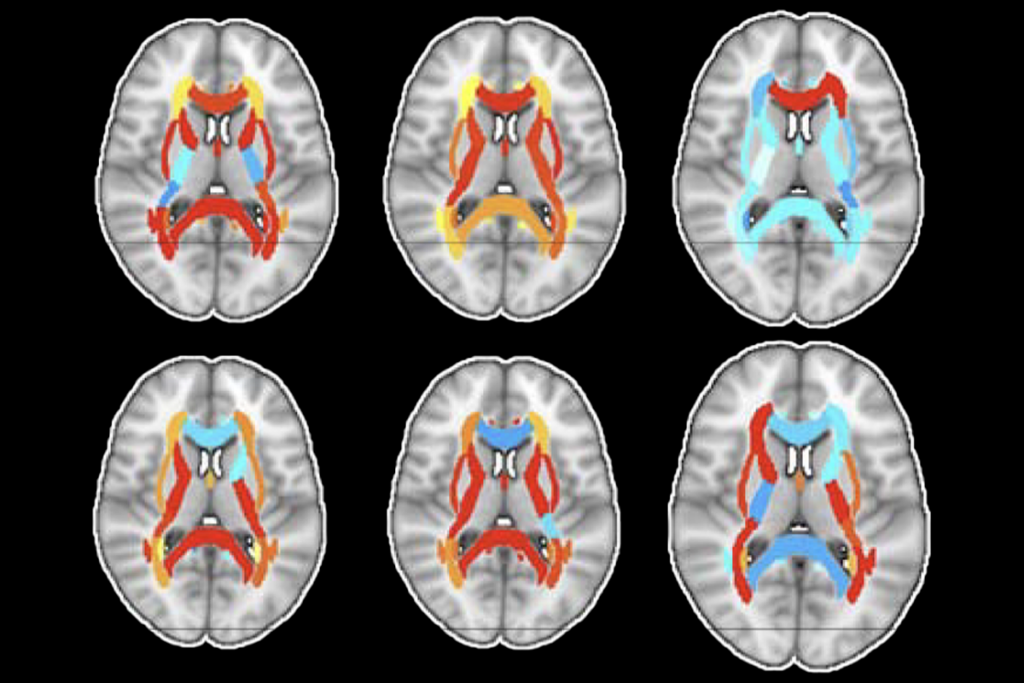Genetics: Deletion of 16p11.2 region has variable effects
The loss of a 600-kilobase region on chromosome 16 leads to intellectual disability, obesity, a large head and, sometimes, autism, according to a study published in the October issue of the Journal of Medical Genetics.
The loss of a 600-kilobase region on chromosome 16 leads to intellectual disability, obesity, a large head and, sometimes, autism, according to a study published in the October issue of the Journal of Medical Genetics1.
People with autism are more likely than controls to have large copy number variants (CNVs), duplications or deletions of regions of DNA. However, no one CNV accounts for more than one percent of people with autism.
A collaborative venture called the Simons Variation in Individuals Project aims to better characterize the effects of autism-linked CNVs. The project is funded by the Simons Foundation, SFARI.org’s parent organization.
The project’s first goal is to study deletions of a 600-kilobase region on chromosome 16. This region, called 16p11.2 encompasses 29 genes. Studies have linked about one percent of autism cases to a deletion of this region.
The researchers recruited 285 individuals with a 16p11.2 deletion. They are characterizing subgroups of these individuals and their unaffected family members as part of the ongoing project.
Individuals with the deletion have an intelligence quotient that is on average 32 points lower than that of controls, the researchers found. Not everyone with the deletion has autism: Of 70 characterized participants, 8 of 55 children and none of 15 adults are diagnosed with the disorder. However, about 84 percent have a psychiatric disorder, such as attention deficit hyperactivity disorder, depression or autism.
Children with the deletion suddenly gain weight at about 3.5 years of age, and about 75 percent of adults are obese. The obesity may be related to a metabolic deficit and is not the result of poor food choices, the researchers say.
Of 170 people with the deletion, 29 have abnormally large heads, or macrocephaly, which is sometimes seen in people with autism. Those who are obese are more likely to show this symptom than thin individuals, the study found. High proportions of people with the deletion also have seizures and motor deficits.
References:
1: Zufferey F. et al. J. Med. Genet. 49, 660-668 (2012) PubMed
Recommended reading

Going against the gut: Q&A with Kevin Mitchell on the autism-microbiome theory

Constellation of studies charts brain development, offers ‘dramatic revision’
Explore more from The Transmitter

Autism-linked copy number variants always boost autism likelihood

New findings on Phelan-McDermid syndrome; and more

